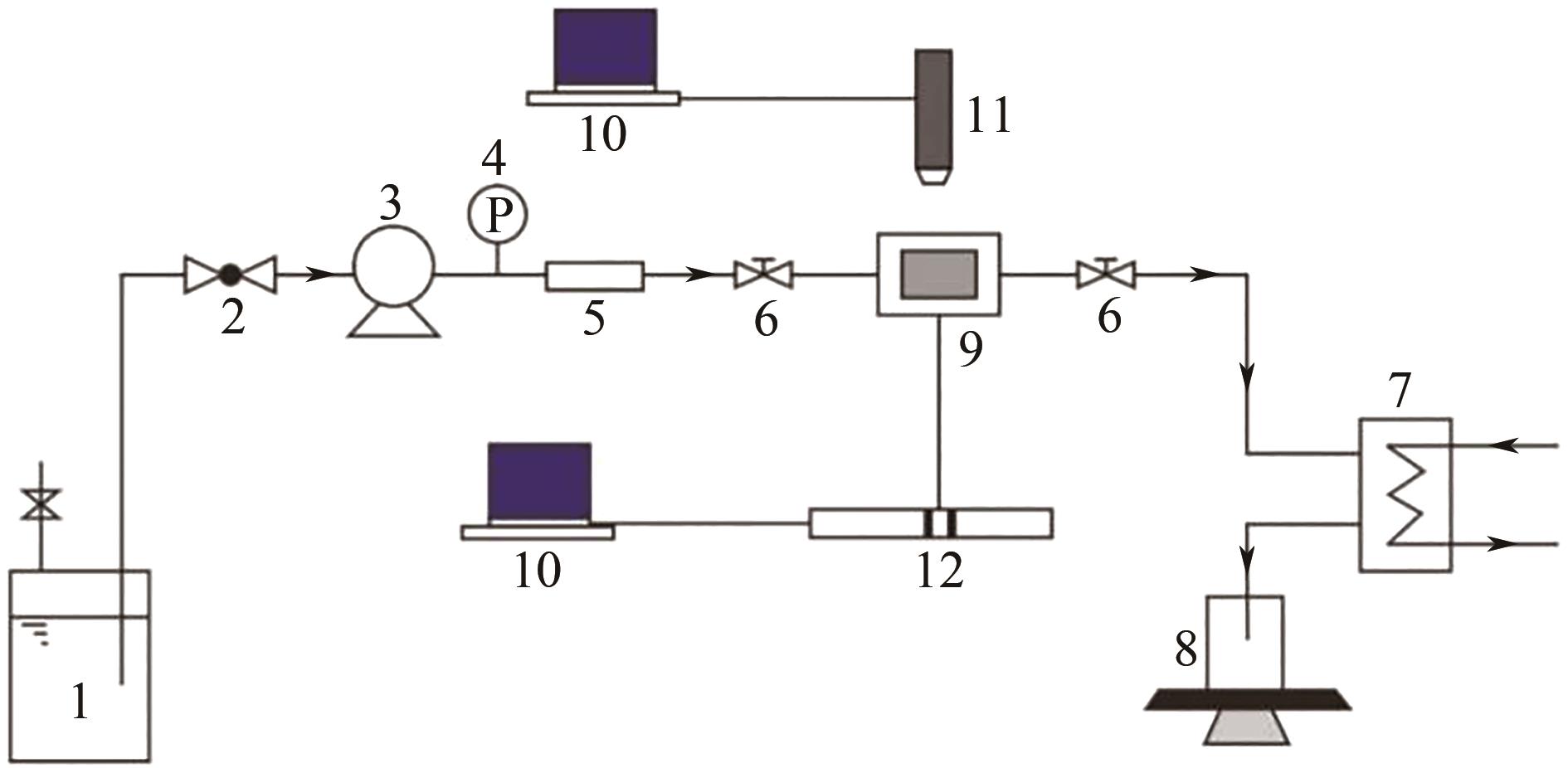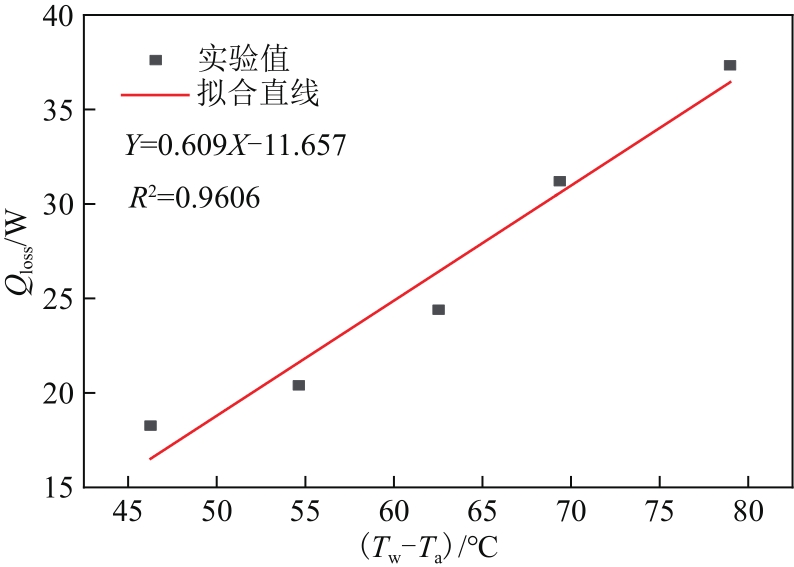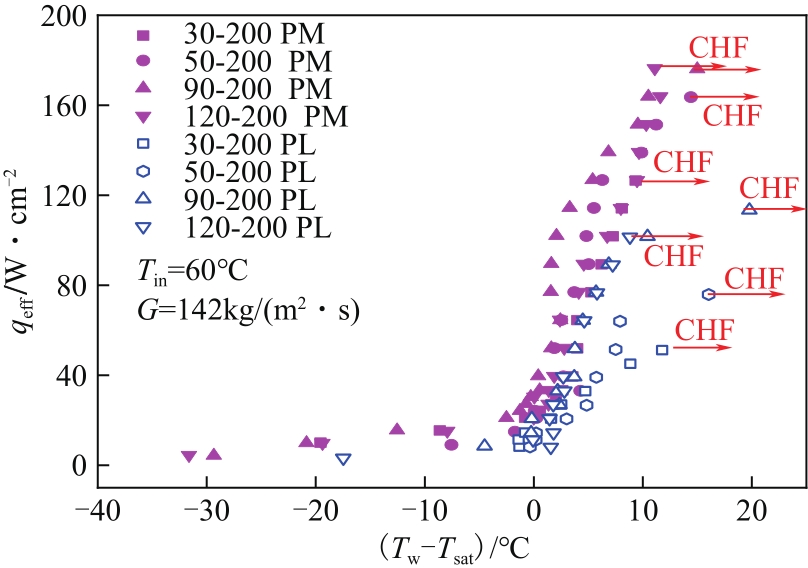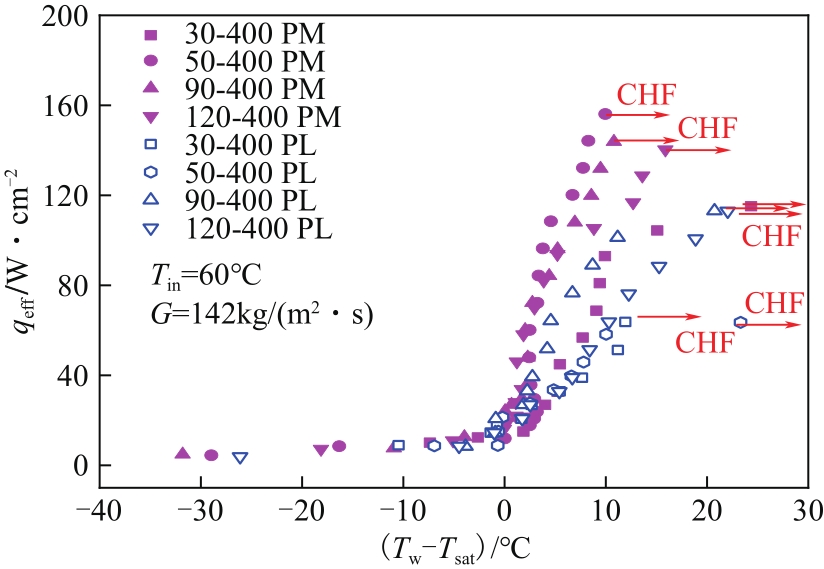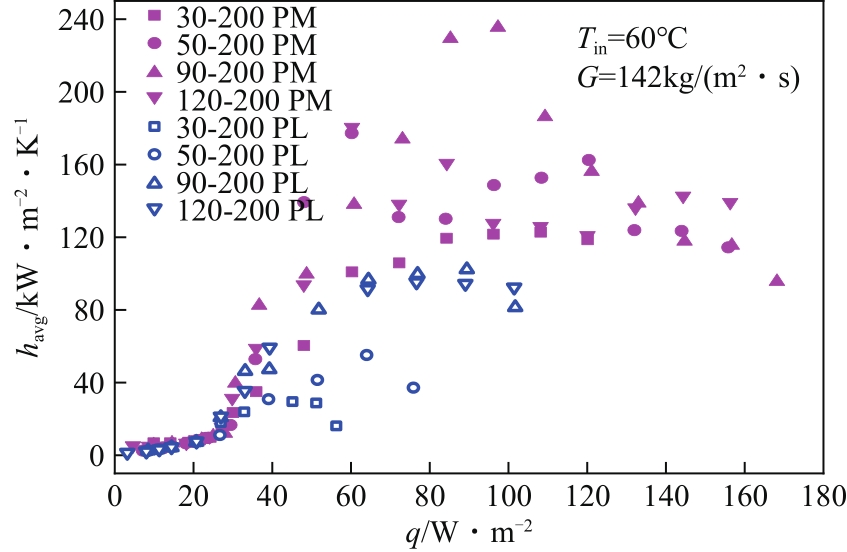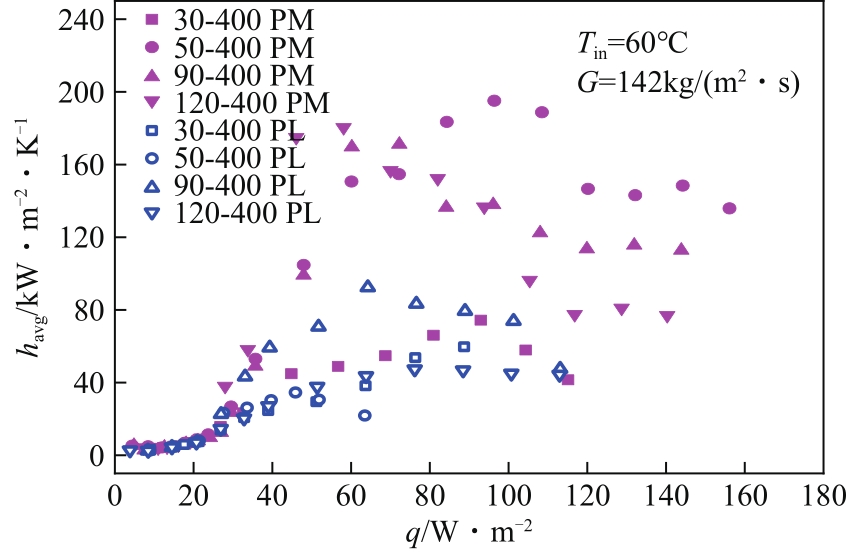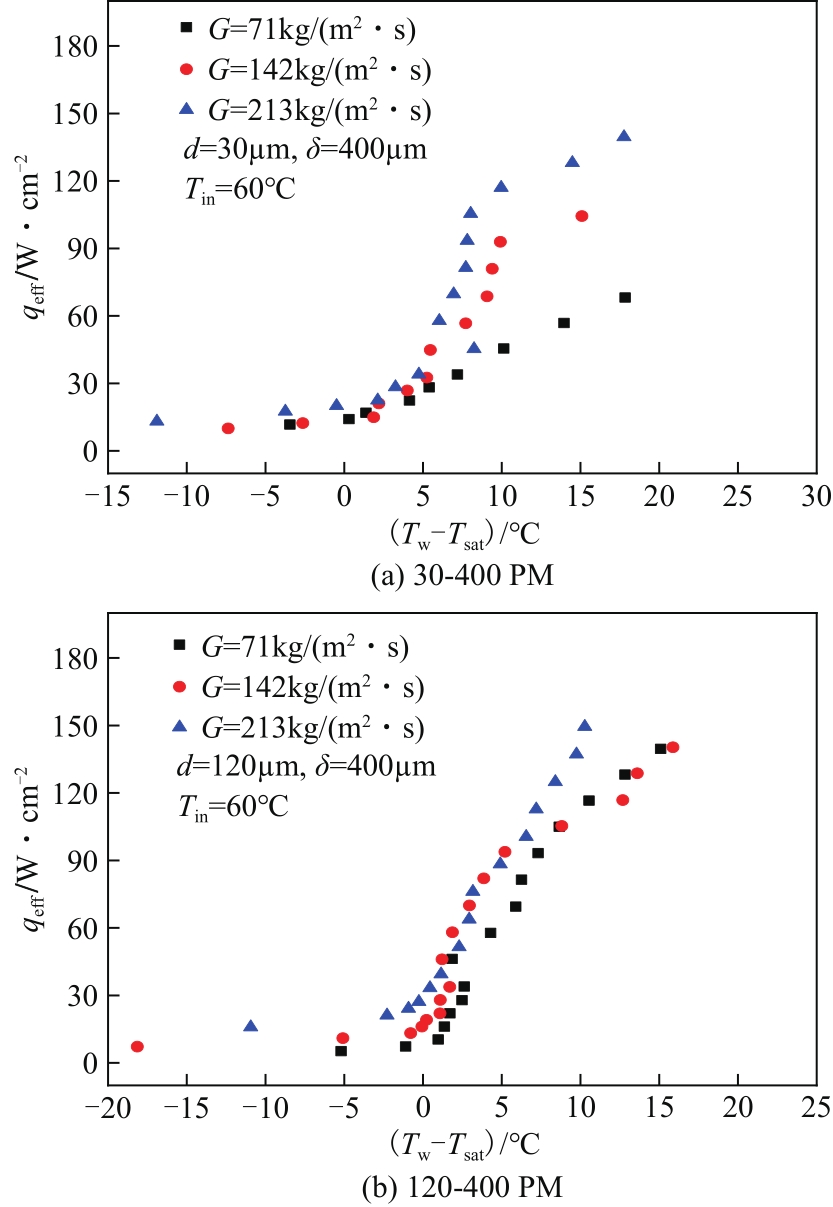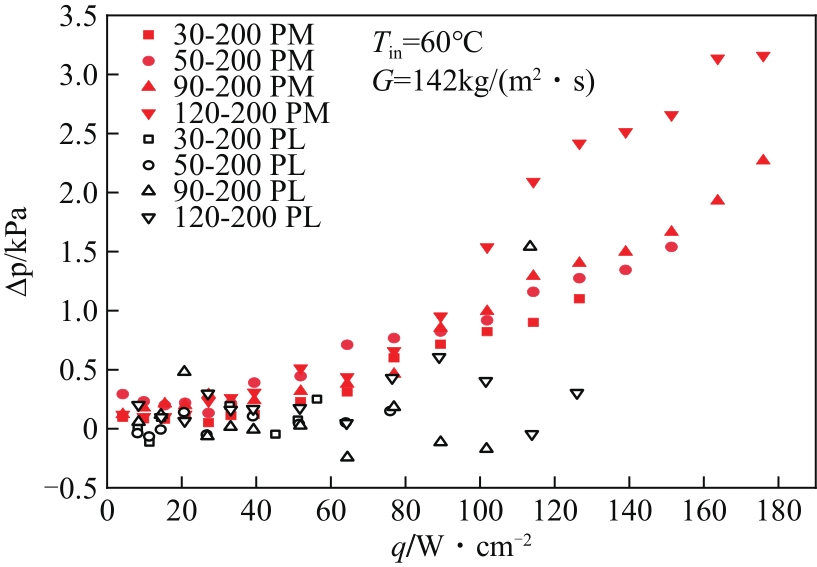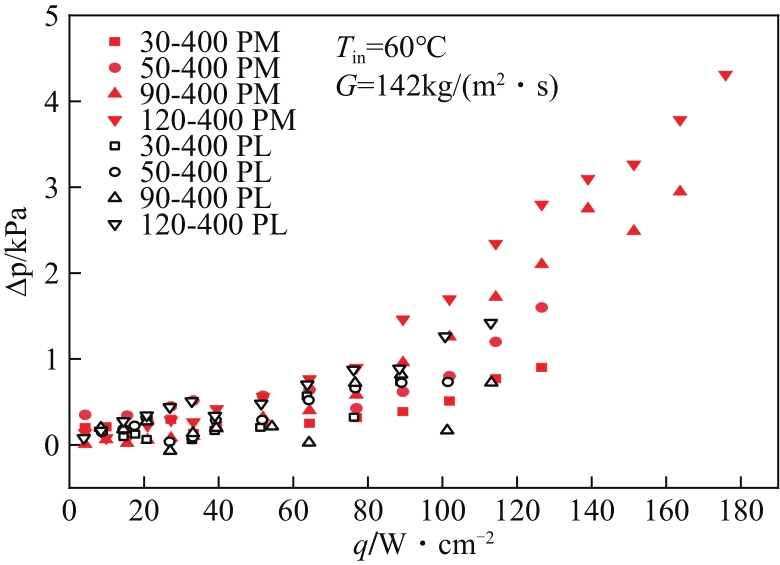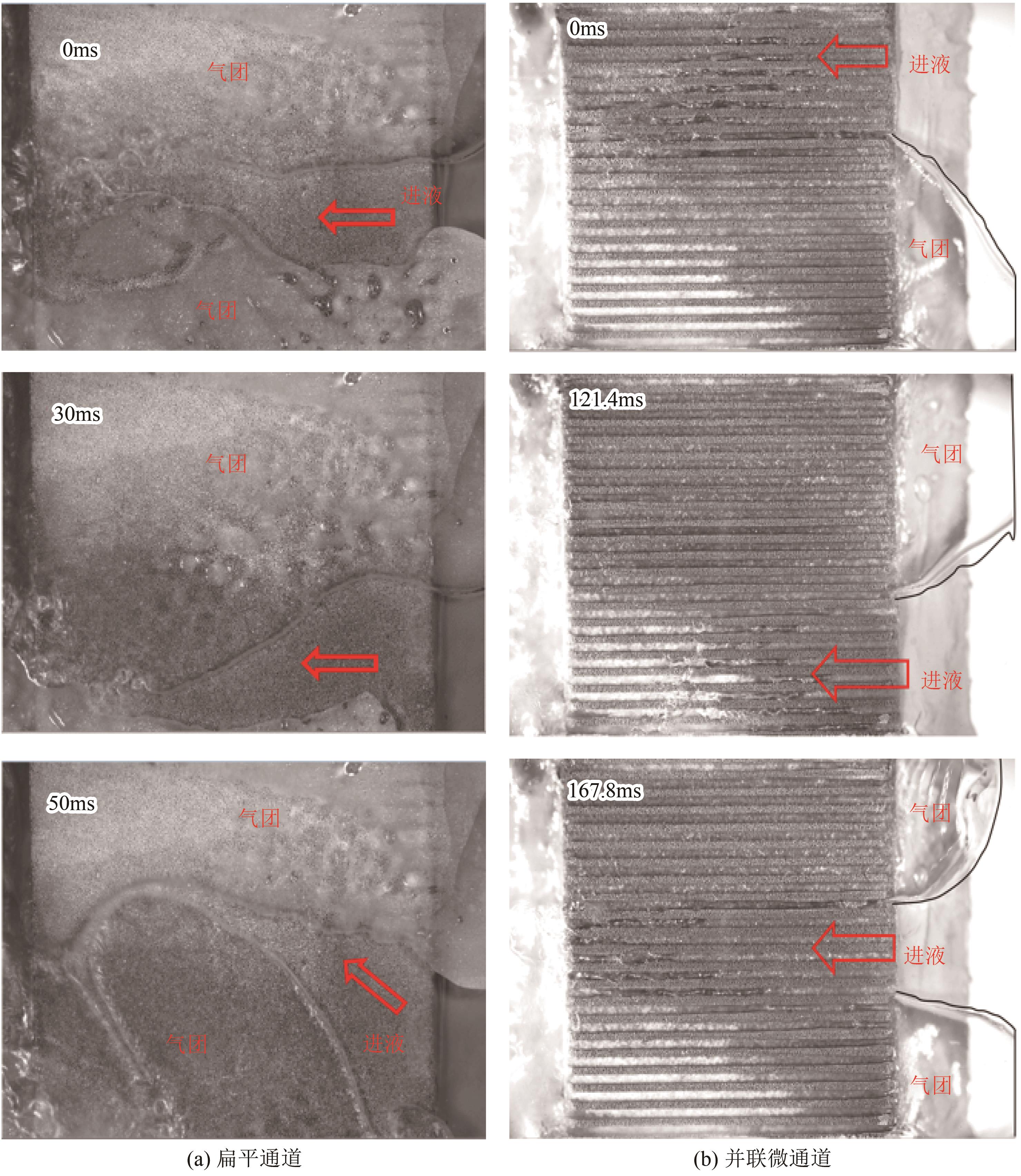| [1] |
ZHAO Chen, MIAO Tianze, ZHANG Chaoyang, HONG Fangjun, WANG Dahai.
Heat transfer characteristics of ethylene glycol aqueous solution in slit channel under negative pressure
[J]. Chemical Industry and Engineering Progress, 2023, 42(S1): 148-157.
|
| [2] |
LI Jiyan, JING Yanju, XING Guoyu, LIU Meichen, LONG Yong, ZHU Zhaoqi.
Research progress and challenges of salt-resistant solar-driven interface photo-thermal materials and evaporator
[J]. Chemical Industry and Engineering Progress, 2023, 42(7): 3611-3622.
|
| [3] |
YANG Jiatian, TANG Jinming, LIANG Zirong, LI Yinhong, HU Huayu, CHEN Yuan.
Preparation and application of novel starch-based super absorbent polymer dust suppressant
[J]. Chemical Industry and Engineering Progress, 2023, 42(6): 3187-3196.
|
| [4] |
TAO Mengqi, LIU Meihong, KANG Yuchi.
Analysis of fluid across a single cylinder and two parallel cylinders in a micro flow channel by micro-PIV
[J]. Chemical Industry and Engineering Progress, 2023, 42(6): 2836-2844.
|
| [5] |
LUO Xiaoping, FAN Peng, ZHOU Jianyang, WANG Mengyuan.
Boiling curve and onset of nucleate boiling of microchannels with corrugated walls
[J]. Chemical Industry and Engineering Progress, 2023, 42(3): 1228-1239.
|
| [6] |
XIE Yingchun, MA Hongting, XU Chang, MA Shuo, CHEN Mo, LIU Jun, SUN Guoqiang.
Analysis of heat transfer characteristics in vertical tube of seepage falling film evaporative condenser
[J]. Chemical Industry and Engineering Progress, 2023, 42(3): 1187-1194.
|
| [7] |
ZHANG He, LI Xiaoke, XIONG Ying, WEN Jin.
Desalination and pollution treatment of fracturing flow-back fluid based on interfacial solar evaporation of hydrogel
[J]. Chemical Industry and Engineering Progress, 2023, 42(2): 1073-1079.
|
| [8] |
MAO Tingting, LI Shuangfu, HUANG Limingming, ZHOU Chuanling, HAN Kai.
Solar interfacial evaporation system and materials for water treatment and organic solvent purification
[J]. Chemical Industry and Engineering Progress, 2023, 42(1): 178-193.
|
| [9] |
LI Chao, MIAO Jiabing, WANG Liping, CUI Yongjie, LI Yifan.
Extraction of lithium from evaporation mother liquor
[J]. Chemical Industry and Engineering Progress, 2022, 41(S1): 637-642.
|
| [10] |
LI Yucan, HU Dinghua, LIU Jinhui.
Evolution characteristics of transient evaporation rate of Al2O3 nanofluid droplet
[J]. Chemical Industry and Engineering Progress, 2022, 41(7): 3493-3501.
|
| [11] |
FENG Longlong, ZHONG Ke, ZHANG Yusen, SHANG Qingchun, JIA Hongwei.
Flow boiling heat transfer characteristics of R1234yf in horizontal microchannel
[J]. Chemical Industry and Engineering Progress, 2022, 41(7): 3502-3509.
|
| [12] |
MEI Xiang, YAO Yuanpeng, WU Huiying.
Analysis of heat transfer enhancement mechanism on subcooled flow boiling in interconnected microchannels
[J]. Chemical Industry and Engineering Progress, 2022, 41(6): 2884-2892.
|
| [13] |
ZHANG Tianhao, XU Haojie, WU Tianyi, LI Bufa, WANG Junfeng.
Numerical simulation of evaporation and internal flow of substrate droplet under electric field
[J]. Chemical Industry and Engineering Progress, 2022, 41(2): 609-618.
|
| [14] |
LU Ningxiang, LI Jinwang, YANG Maofei.
Performance of flat plate heat pipes with variable pore capillary wicks
[J]. Chemical Industry and Engineering Progress, 2022, 41(12): 6235-6244.
|
| [15] |
ZHONG Lirong, HE Feiqiang, DONG Beibei, LIU Ziwei, DING Jianhua.
Vacuum desorption of NO from Fe Ⅱ EDTA-NO solution generated in wet flue gas denitrification
[J]. Chemical Industry and Engineering Progress, 2022, 41(11): 6176-6184.
|
 ), ZHANG Donghui1(
), ZHANG Donghui1( ), SUN Lili1, LEI Qinhui1, QU Jian2
), SUN Lili1, LEI Qinhui1, QU Jian2
 ), 张东辉1(
), 张东辉1( ), 孙利利1, 雷钦晖1, 屈健2
), 孙利利1, 雷钦晖1, 屈健2
